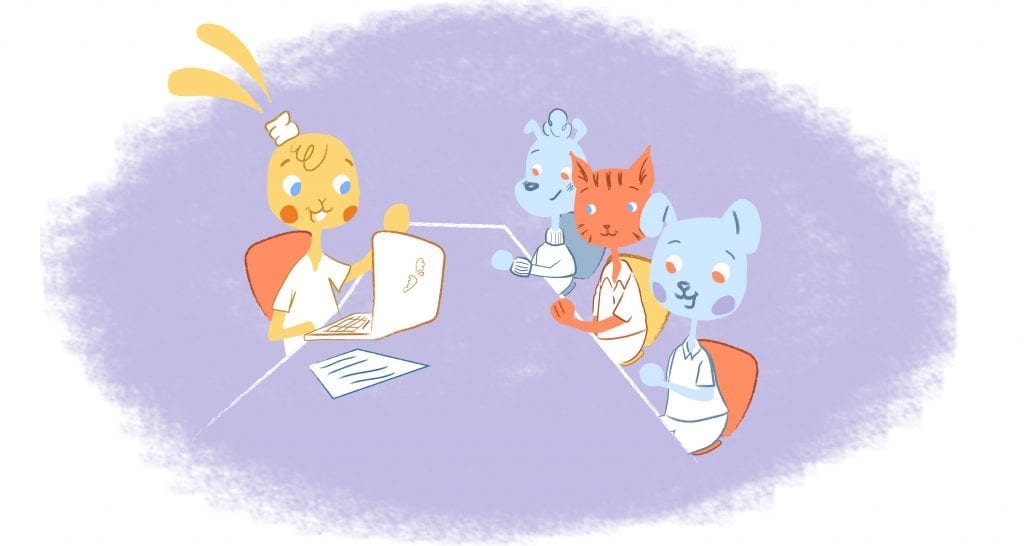

Business meeting are crucial if you want your organization to thrive. The problem? Most meetings are time suckers — especially when nothing gets accomplished. So if you don’t want to spend the resources on unproductive business meetings, here’s 9 ways that you can make the most of your next business meeting.
Here are 10 suggestions on how to get the most out of your business gatherings.
1. Know what you want to accomplish and set goals.
You don’t want to schedule a business meeting just for the sake of having a meeting. If you did that would be huge waste of time for everyone invited. So before you even think about scheduling a meeting know exactly why you’re scheduling the meeting. In most cases it’s because you want to share information or solve a problem.
Once you’ve determined the meeting’s purpose write a list of the goals you want to accomplish. This will help you choose the meeting framework, create the agenda, and who to invite. It will also keep you on-tack during the meeting.
2. Do your homework.
Regardless if you’re meeting one-on-one with a potential client or speaking to to 10 people in conference room you need to conduct on a little research.
You can do just by Googling the names of the attendees and checking out their LinkedIn page and information on their company. You may even want to see what they saying on Facebook or Twitter.
This way you know who they are, what problems they can solve, and find out some common interests for small talk.
3. Create the perfect agenda.
Your agenda needs to reflect, as well as reinforce, the goals of the meeting. It’s a s detailed document that breaks down key information, action items, and the allotted time needed to cover each item.
At the same, you don’t want to overstuff your agenda. Most meeting agendas include just four to 10 key initiatives. It also lists the following:
- Attendees.
- Date and time of meeting.
- Location
- Purpose of the meeting and desired outcome.
- Any preparation the attendees should make in advance.
Make sure that you send out the agena to everyone attending at least 24-hours in advance. This way they know what to expect and how to prepare accordingly.
4. Communicate effectively.
“If you want to get more accomplished in your business meetings you need to communicate effectively,” writes Renzo Costarella in another Calendar article.
You can achieve communication like this by:
- Take the time to prepare — specifically what you’re going to say.
- Don’t talk over others. If you get interrupted, let them finish, and steer the conversation back to the important topic.
- Pay attention to body language to make sure they’re interested. Don’t forget to make eye contact and sit upright.
- Mix things up when you sense that things are starting to dry.
- Summarize and repeat your key points so that your audience will retain the information you shared.
5. Be concise and keep it brief.
Have you ever wondered why TedTalks, TV shows, and podcasts are around 18 to 22 minutes? It’s because that’s just enough time to hold people’s attention. Besides, it ensures that you only discuss the important stuff and skip the wasteful stuff.
The 22-minute meeting is actually an idea from Nicole Steinbok during her excellent Ignite talk.
6. Stay on-track.
This isn’t always a problem when meetings don’t have many participants. But, it is a concern when there’s a lot of people in the room. Between side conversations and too many options being shared it’s difficult to stay focused.
If there are distractions or someone goes on a tangent, politely come back to the topic that needs to be discussed. If there’s time at the end these other discussions can be addressed. I’ve also suggested to meeting attendees that they email following the meeting if there’s any off-topic that they’ve brought-up.
7. Consider possible obstacles.
No matter how prepared you are, there’s also a possibility that a problem will arise. Don’t panic. Keep your cool and be prepared for solutions.
For example, to prevent any technical difficulties make sure you test everything before the meeting starts. You should also have all of your gadgets fully charged and have a strong WiFi connection. Most importantly, have a back-up plan ready just in-case the tech isn’t working.
To ensure that meetings stay on-time, use a timer, ask an assistant to give you a five-minute warning, or get rid of the chairs and have a standing meeting.
In order to make sure decisions have been made send out expectations in advance and encourage discussions. If more time is needed to make a decision then schedule a follow-up meeting.
8. Keep the audience engaged.
What’s the point of having a business meeting if your audience isn’t engaged? It’s just going to be waste of time and resources for everyone involved?
In order to keep your audience engaged you can:
- Be authentic and share personal stories to connect with those in attendance.
- Skip the jargon and use language your audience will understand.
- Use a little humor to lighten the mood.
- Don’t hand out any materials until after the meeting.
- Encourage participation by asking questions, organizing discussions, and requesting feedback.
9. Book the right venue.
The venue of your business meeting can make or break it. Think about it. You schedule a meeting and have it in your office. The entire your phone keeps ringing, your assistant is interrupting, and it took the other party over two-hours to get there. Do you think that they’ll walk out pleased.
The same is true if you have an offsite meeting. What if you met at a steakhouse and the other person is a vegan? They’ll make do, but it’s just a bit inconsiderate on your part.
When booking a meeting venue, ask the following questions:
- Is it close enough to all attendees?
- Is it convenient to get to?
- If driving, is there free parking nearby?
- Does the atmosphere and layout match the type of meeting you want?
- Does the venue cater to everyone’s tastes?
- What makes the venue unique and memorable?
- Do you have the budget to hold the meeting in this specific venue?











Abby Miller
Student at UC Berkeley, currently working on a degree in Electrical Engineering/Computer Sciences and Business Administration. Experienced in CSX, productivity management, and chatbot implementation.